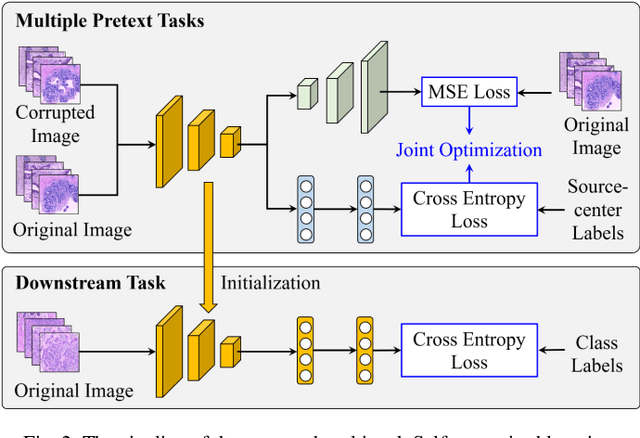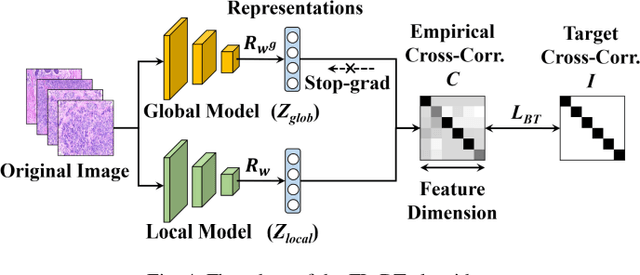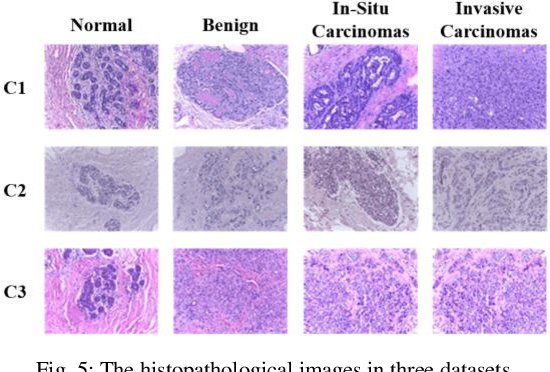Xiangmin Han
Hypergraph Foundation Model
Mar 03, 2025Abstract:Hypergraph neural networks (HGNNs) effectively model complex high-order relationships in domains like protein interactions and social networks by connecting multiple vertices through hyperedges, enhancing modeling capabilities, and reducing information loss. Developing foundation models for hypergraphs is challenging due to their distinct data, which includes both vertex features and intricate structural information. We present Hyper-FM, a Hypergraph Foundation Model for multi-domain knowledge extraction, featuring Hierarchical High-Order Neighbor Guided Vertex Knowledge Embedding for vertex feature representation and Hierarchical Multi-Hypergraph Guided Structural Knowledge Extraction for structural information. Additionally, we curate 10 text-attributed hypergraph datasets to advance research between HGNNs and LLMs. Experiments on these datasets show that Hyper-FM outperforms baseline methods by approximately 13.3\%, validating our approach. Furthermore, we propose the first scaling law for hypergraph foundation models, demonstrating that increasing domain diversity significantly enhances performance, unlike merely augmenting vertex and hyperedge counts. This underscores the critical role of domain diversity in scaling hypergraph models.
Pseudo-Data based Self-Supervised Federated Learning for Classification of Histopathological Images
May 31, 2022



Abstract:Computer-aided diagnosis (CAD) can help pathologists improve diagnostic accuracy together with consistency and repeatability for cancers. However, the CAD models trained with the histopathological images only from a single center (hospital) generally suffer from the generalization problem due to the straining inconsistencies among different centers. In this work, we propose a pseudo-data based self-supervised federated learning (FL) framework, named SSL-FT-BT, to improve both the diagnostic accuracy and generalization of CAD models. Specifically, the pseudo histopathological images are generated from each center, which contains inherent and specific properties corresponding to the real images in this center, but does not include the privacy information. These pseudo images are then shared in the central server for self-supervised learning (SSL). A multi-task SSL is then designed to fully learn both the center-specific information and common inherent representation according to the data characteristics. Moreover, a novel Barlow Twins based FL (FL-BT) algorithm is proposed to improve the local training for the CAD model in each center by conducting contrastive learning, which benefits the optimization of the global model in the FL procedure. The experimental results on three public histopathological image datasets indicate the effectiveness of the proposed SSL-FL-BT on both diagnostic accuracy and generalization.
 Add to Chrome
Add to Chrome Add to Firefox
Add to Firefox Add to Edge
Add to Edge